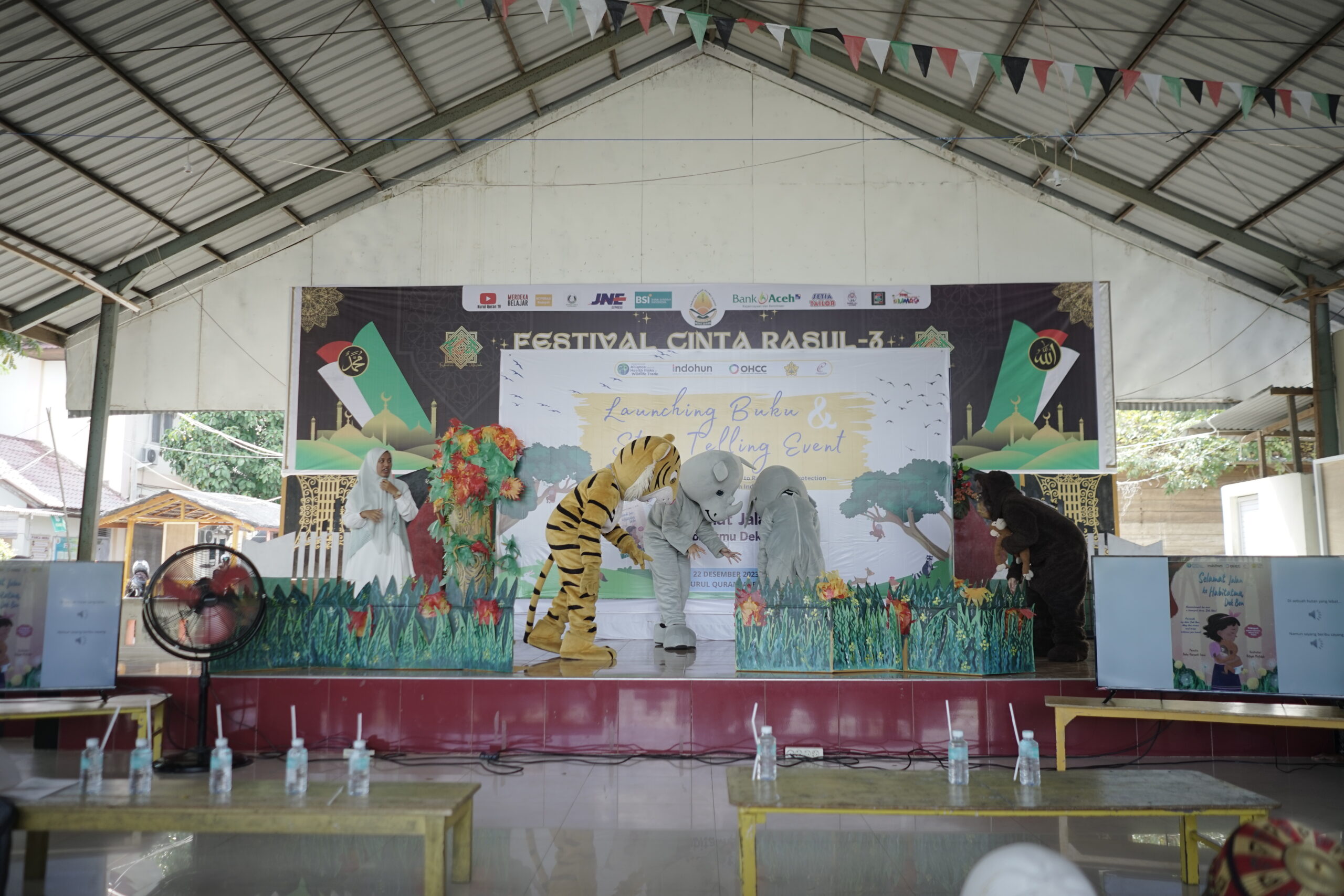
The first ‘Voices from the Ground’ Event of 2024 introduced ‘The Application of a One Health Approach to Raise Wildlife Protection Awareness (OHAWE) in Indonesia’ presented by Prof. Dr. dr. Sri Budayanti and Semara Yanti. The event showcased the Alliance-funded project implemented by the One Health Collaborating Centre (OHCC) of the Udayana University Indonesia which produced five storytelling books for children’s education on the health risks and threats of wildlife trade and the interaction between humans and wildlife. Confronted with a lack of public knowledge and awareness regarding these risks, the Udayana team is working on educating the communities’ children around Indonesia. The work of the project is embedded in local values and customs, visible through the creation of the five storybooks in five different native languages corresponding to five Indonesian regions: Bali, East Java, Yogyakarta, Aceh, and Papua. Each region hosted a storytelling event for the launch of the storybook in their native language.
Prof. Dr. dr. Sri Budayanti, who is the Head of the Udayana OHCC and a clinical microbiologist by training, presented on the general concept of the project. Contextualising the issue of health risks in wildlife trade in Indonesia, as around 25,672 wildlife specimens have been exported throughout 2016 and 2021 from Indonesia, excluding numbers of the illegal trade. Hence, the establishment of sufficient knowledge and awareness concerning the risks is crucial to ensure safe trading. Early-age education situated in cultural sensitivity, as there are over 700 living native languages existing throughout the more than 17,000 islands of Indonesia, is a required tool to increase public awareness. The messaging through art and native languages is meant to capture children’s attention better than other forms of communication. At the same time, children act as influential communicators on the issue to their parents. To effectively implement the concept, the process of the storybook creation was accompanied by five different stakeholders: Academics and professionals, business, the community, the Government, and the media.
Program Manager Semara Yanti shared further insights on the technical part of the process. Each of the storybooks feature different main characters that correspond to the local reality of the region. The storybook for the region of Yogyakarta is based on bats, whereas the East Java book deals with the Javanese Langur and Aceh with the Orangutan. Bali’s storybook focused on Long-tailed Macaque and lastly, Papua chose Cuscus as their topic. Based on the aspects mentioned above, the detailed organisation of the storybook creation included the development of questionnaires to measure the community impact, identifying local authors and illustrators as well as translators. Especially locating certified translators of Indonesian or English to the native languages has been a challenging task. After the stories have been conceptualised and illustrated, the books were printed and the distribution to different stakeholders has started. As the project is now in its final stage, the project exemplified a successful collaboration between the project team, local government and schools and the inclusion of animal and wildlife experts as book writing consultants.
If you would like to find out more about the project, watch the Q&A discussion following the presentation, or if you would like to get in touch with the OHCC team regarding the storybooks, visit the Members Area. There you can find the recording and contact details of the team.
Photo credits: OHCC Udayana Indonesia